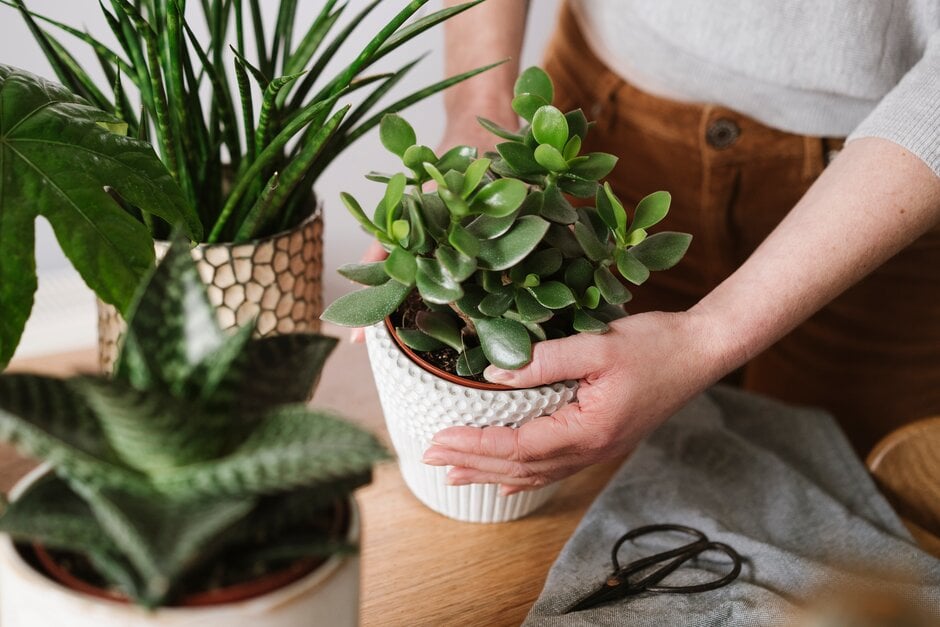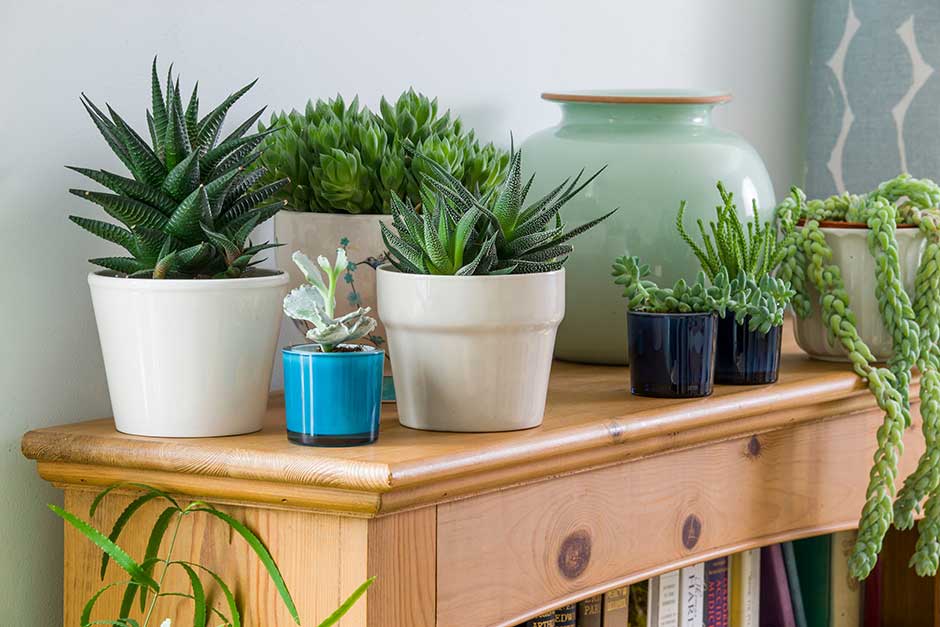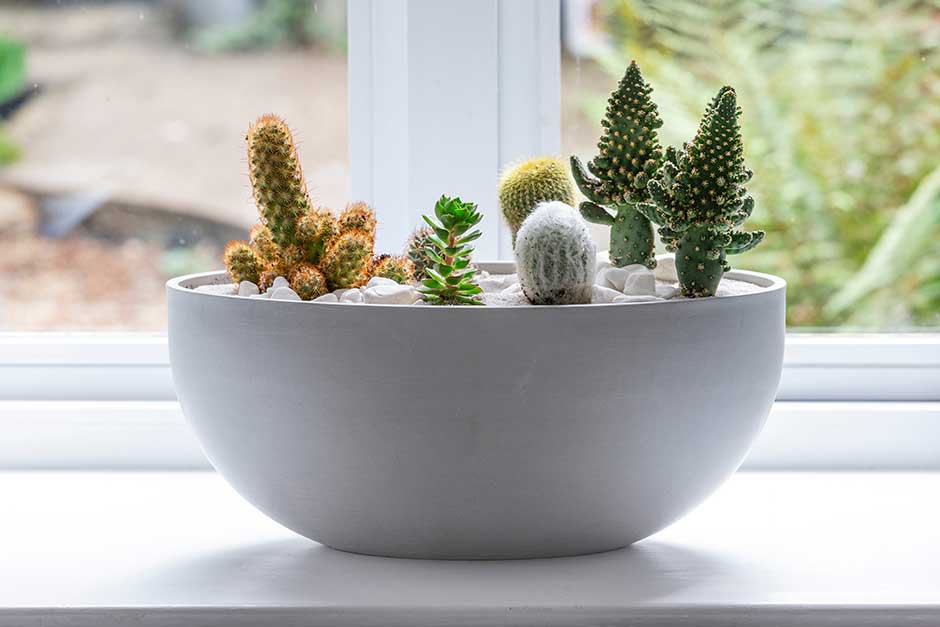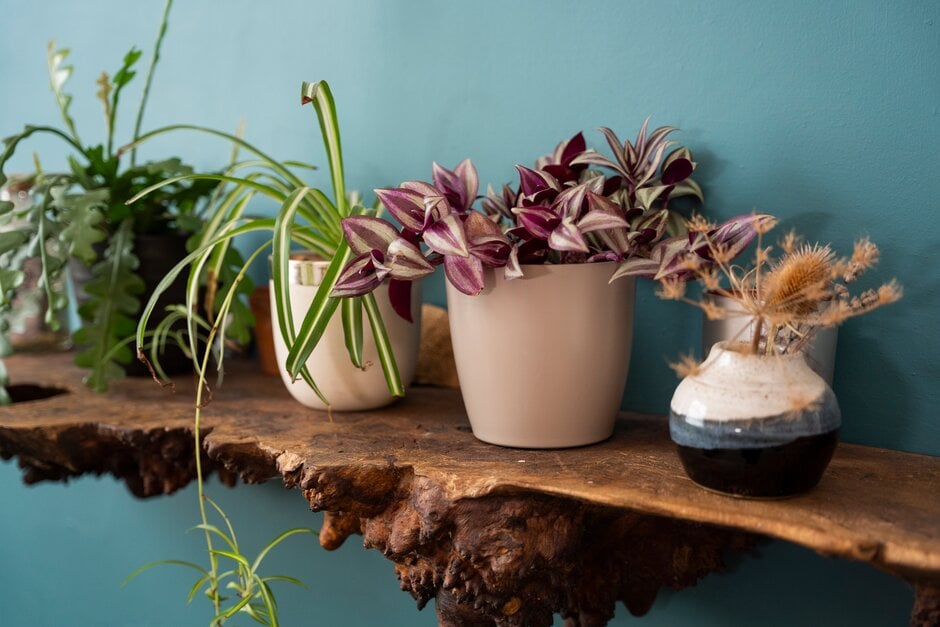
Introducing...
String of beads
Botanical name: Curio rowleyanus – and other species
Common name: String of beads, string of pearls, string of peas
String of beads and its close relatives, such as string of tears, string of bananas and string of dolphins, make quirky yet easy-to-grow houseplants, ideal for hanging planters. They have trailing stems clad in small succulent leaves of various shapes, depending on the species.
Looks
Long trailing stems with many small succulent green leaves, in a choice of weird and wonderful shapes. These range from tiny spheres to teardrops and even (with a bit of imagination) dolphins! These plants look great cascading from a shelf or hanging basket, with stems up to 90cm (3ft) long.
Likes
Give them a warm, bright position indoors, in a pot of free-draining cactus compost. Provide regular but light watering, with a drier period over winter. They like low humidity and temperatures of 10–25°C (50–75°F).
Dislikes
Overwatering and excessively damp compost can cause stem rotting. Too little light can lead to straggly stems and smaller, sparser leaves. They dislike cold draughts and temperatures below 10°C (50°F).
Did you know?
Many of these plants have translucent crescents or stripes on the leaves, known as epidermal windows. This adaptation allows light to penetrate inside the leaves, increasing the area available for photosynthesis.
Growing guide

How to grow string of beads and its relatives
All the information you’ll need to grow string of beads, and other closely related plants, in your home.
String of beads we recommend
Useful advice

Houseplants for different locations

How to grow houseplant cacti and succulents

How to grow houseplants
Get involved
The Royal Horticultural Society is the UK’s leading gardening charity. We aim to enrich everyone’s life through plants, and make the UK a greener and more beautiful place.